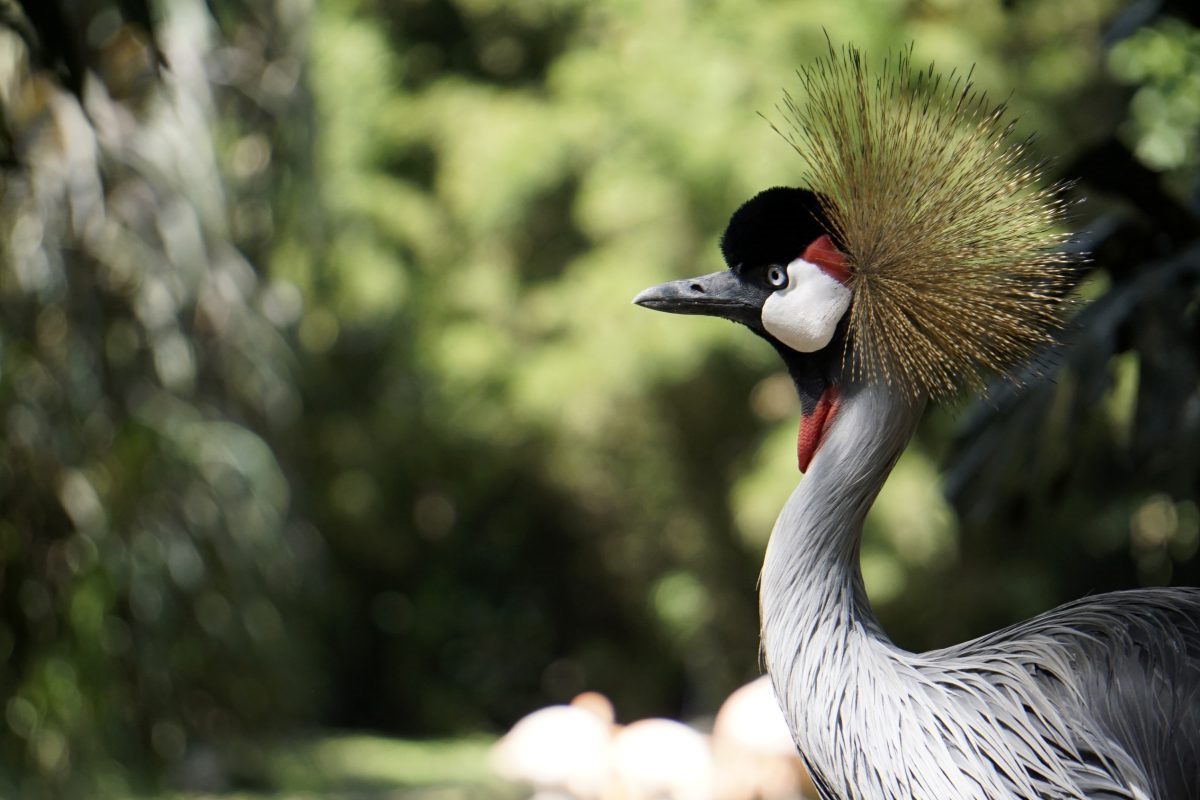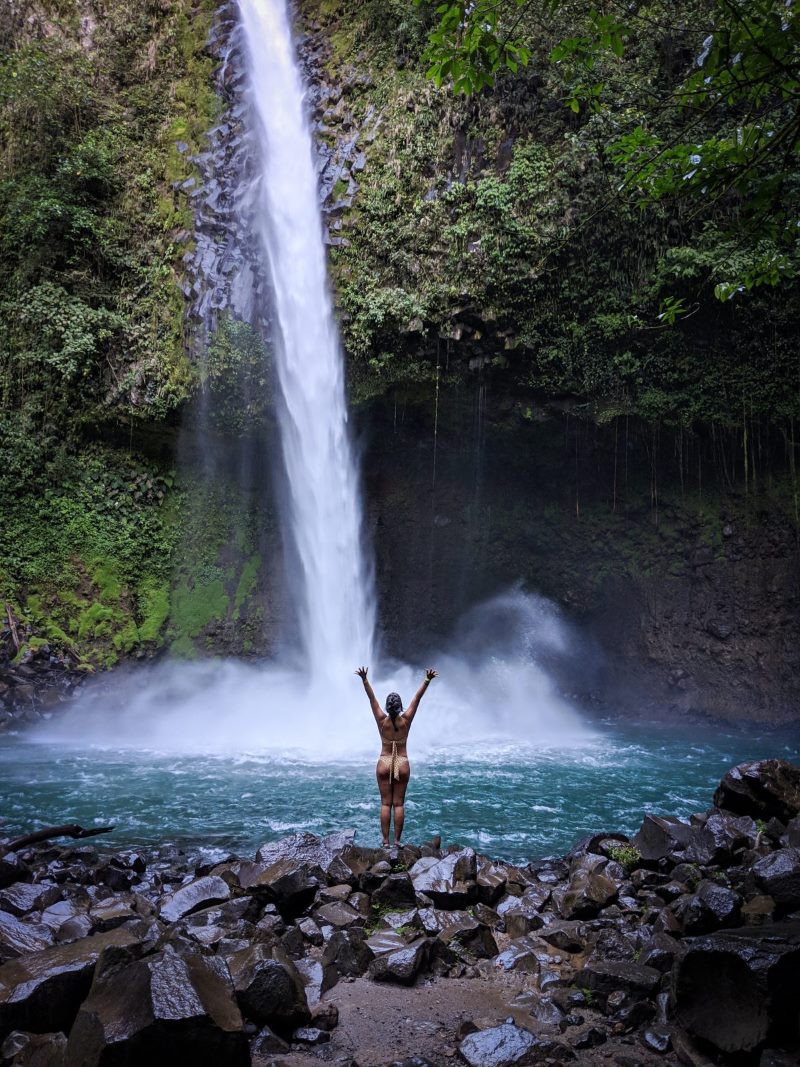How to Plan Your Tour to Pagsanjan Falls from Manila
If you are looking for an easy day trip from Manila and want to explore one of the most famous waterfalls in the Philippines, a tour to Pagsanjan Falls is the perfect choice for you. This natural wonder is located just a few hours away from Manila, and with the help of a professional guide, you can explore the falls and its surrounding areas easily. In this guide, we will give you all the necessary details and tips to make your tour to Pagsanjan Falls an unforgettable experience.Overview of Pagsanjan Falls
Pagsanjan Falls is one of the most popular waterfalls in the Philippines, and for good reason. Also known as Magdapio Falls, it is located in the town of Pagsanjan in the province of Laguna. The falls are surrounded by lush green forests and towering cliffs, making it a natural wonder and true delight for adventure lovers. If you join the Pagsanjan Falls tour from Manila, you can expect a fun-filled day trip where you can enjoy a vertical hike down to the waterfalls, take a bamboo raft ride, and even go behind the falls into the ‘Devil’s Cave’ if you dare.What’s Included in the Tour
When you book the Pagsanjan Falls tour from Manila, you can expect the following inclusions:- All taxes LGU Fees Entrance Fees
- Environmental Management Charge (Reef Tax)
- Air-conditioned vehicle
- Gratuities for 2 Paddle Boat Guides per boat (2 adults per boat)
- Lunch
Meeting and Pickup
You will be picked up from your hotel in Manila at 5:30 AM, so make sure to include your hotel name when you book the tour.What to Expect on the Tour
During the Pagsanjan Falls tour, you can expect the following experiences:1. Pagsanjan Falls
You will embark on a vertical hike down to Pagsanjan waterfalls where you can enjoy the cool water and relax. Here, you can take a bamboo raft ride and even go behind the falls into the ‘Devil’s Cave’ if you dare.2. Pililla
On the way back to Manila, you will stop at Pililla Windmills, a famous tourist attraction in Rizal. Here, you can enjoy the stunning views of the countryside and take some memorable photos.Important Tips for Your Tour
- Wear comfortable clothes and shoes suitable for hiking and water activities.
- Bring a change of clothes and a towel.
- Apply sunblock and bring a hat or cap to protect yourself from the sun.
- Bring a waterproof camera to capture your experience at the falls.
Book Your Tour Now
If you’re an adventure lover looking for an easy day trip from Manila, then a tour to Pagsanjan Falls is a must-try experience. With the guidance of a professional tour guide, you can enjoy a thrilling hike, bamboo raft ride, and take a dip in the cool waters of the falls. Book the tour here to explore this natural wonder and create unforgettable memories.
Frequently Asked Questions About Manila
Manila is the capital city of the Philippines, known for its rich culture, delicious food, and historical landmarks. Visitors to Manila often have questions about the city before they arrive, so we’ve put together this FAQ to help answer some of the most commonly asked questions.1. What Language is Spoken in Manila?
The official language of the Philippines is Filipino, which is based on Tagalog. English is also widely spoken and is the primary language of business, government, and education in Manila. Many people in Manila also speak other regional languages, including Cebuano, Ilocano, and Waray-Waray.2. What is the Currency in Manila?
The currency used in Manila is the Philippine Peso (PHP). The exchange rate varies depending on the current market conditions, but as of this writing, the exchange rate is around 50PHP to 1 USD.3. What is the Weather Like in Manila?
Manila has a tropical climate and is generally warm and humid year-round. The rainy season runs from June to November, and the dry season runs from December to May. Temperatures typically range from 24°C to 33°C (75°F to 91°F), with the hottest months being April and May.4. What are the Must-See Landmarks in Manila?
There are many historic landmarks to see in Manila, including:Intramuros
Intramuros is the old walled city of Manila and is home to many famous landmarks, including Fort Santiago, San Agustin Church, and Casa Manila. Visitors can explore the cobblestone streets and admire the Spanish colonial architecture.Rizal Park and Monument
Rizal Park is a large park located in the heart of Manila and is home to the Rizal Monument, which honors the national hero of the Philippines, Jose Rizal. Visitors can enjoy a peaceful stroll through the gardens and take in the views of Manila Bay.Bahay Tsinoy
Bahay Tsinoy is a museum that celebrates the Chinese-Filipino heritage and history of Manila. Visitors can learn about the contributions of Chinese immigrants to Philippine society and explore the exhibits on Chinese culture and traditions.5. What are the Best Foods to Try in Manila?
Manila is known for its delicious cuisine, which combines Filipino, Spanish, Chinese, and American influences. Some must-try dishes include:Adobo
Adobo is a popular Filipino stew made with chicken, pork, or seafood marinated in vinegar, soy sauce, and garlic. It is often served over a bed of rice.Sinigang
Sinigang is a sour soup made with tamarind, vegetables, and either pork, beef, or fish. It is often served with rice and is a popular comfort food in the Philippines.Halo-Halo
Halo-Halo is a popular Filipino dessert made with shaved ice, sweetened condensed milk, and an assortment of fruits and beans. It is a refreshing treat on a hot Manila day.6. What is the Transportation Like in Manila?
Transportation in Manila can be challenging, especially during rush hour. The city has a few options for transportation, including:Taxis
Taxis are widely available in Manila, but traffic can be heavy, so be prepared for a long ride.Jeepneys
Jeepneys are colorful vehicles that are a symbol of Philippine culture. They operate on set routes and are a popular way to get around Manila.LRT and MRT
The LRT (Light Rail Transit) and MRT (Metro Rail Transit) are fast and efficient ways to travel around Manila, but they can be crowded during rush hour.7. What are the Best Shopping Areas in Manila?
Manila has a variety of shopping areas, including:SM Mall of Asia
SM Mall of Asia is one of the largest malls in the world and has a wide variety of shops, restaurants, and entertainment options.Greenbelt
Greenbelt is a high-end shopping complex in the Makati district of Manila, featuring designer brands and luxury items.Divisoria
Divisoria is a bustling outdoor market in Manila that sells everything from clothing to electronics at very affordable prices.8. What Safety Precautions Should I Take in Manila?
Manila, like any large city, has its share of crime, so it’s essential to take precautions to stay safe. Some tips include:Avoid Carrying Large Amounts of Cash
Carry only what you need and avoid showing off your wealth.Stay Aware of Your Surroundings
Be aware of your surroundings at all times, especially in crowded areas or at night.Avoid Walking Alone at Night
If possible, travel with a group or take a taxi at night.Book Your Tour Now
Manila is a fascinating city with a rich history and culture, and there is much to see and do. By taking some precautions, visitors can enjoy all that Manila has to offer and have a safe and enjoyable experience.
How to Spend Your Time as a Tourist in Manila
The capital city of the Philippines is a vibrant and bustling metropolis that offers a wealth of cultural attractions, delicious cuisine, and friendly locals. Manila is a great place to start your trip when exploring the country, with its rich history and colourful mix of cultures. In this guide, we’ll take you through some of the top things to do in Manila and provide you with helpful tips to make the most out of your stay.1. Visit Intramuros
One of the main attractions in Manila is the historic district of Intramuros, which is a walled city that dates back to the Spanish colonial period in the 16th century. Intramuros offers a glimpse into the country’s past, with its cobblestone streets, Spanish-style colonial architecture, and imposing fortifications. You can visit the Fort Santiago, San Agustin Church, Rizal Park, and Casa Manila Museum. A guided walking tour is highly recommended to learn about the history of this enchanting district.2. Explore the Cultural Center of the Philippines
If you’re interested in the arts, a visit to the Cultural Center of the Philippines (CCP) should be on your itinerary. The CCP is a sprawling complex that features several theatres, galleries, and performance spaces, and is home to some of the most significant cultural events in the country. Here you can enjoy a wide range of dance performances or watch a play or musical show. The CCP also has a museum where you can view the works of local artists.3. Indulge in Filipino Cuisine
Manila is a foodie haven, and the local cuisine is a melting pot of different cultures and cuisines. Some must-try dishes include adobo, sinigang, lechon, and pancit, to name a few. You can sample these dishes at local eateries, or you could also join a food walking tour to learn more about Filipino cuisine’s history and culture. One popular spot among locals and tourists is the Mercato Centrale in Bonifacio Global City, which is a food market that serves Filipino specialties, as well as international dishes.4. Head to the Baywalk
Manila Baywalk is a two-kilometre stretch of promenade that offers a stunning vista of Manila’s bay. The Baywalk is an excellent place to take a leisurely stroll, where you can watch the sunset and enjoy the sea breeze. The area is also home to many restaurants and cafes where you can enjoy a meal or drink while taking in the view.5. Visit the National Museum of the Philippines
The National Museum of the Philippines is located in the heart of Manila, and it showcases the country’s rich history and cultural heritage. This museum is a must-visit for history buffs, as it houses a vast collection of artefacts, including excavated prehistoric items, pottery, and jewellery from ancient tribes, and artworks of various Filipino artists. The admission is free so you can spend hours learning about the country’s culture at no cost.6. Enjoy Manila’s Nightlife Scene
Manila has a bustling nightlife scene that caters to a variety of tastes. You can head to the Bonifacio Global City, which is where many expats, students, and young professionals hang out. You can find exciting bars and clubs with live performances, DJ sets, and karaoke machines. Salsa fans can visit Palacio de Maynila in Malate, a bar that offers Latin music and dance lessons.7. Go Shopping in Manila
Manila has no shortage of shopping destinations, from high-end shopping malls to bustling street markets that offer a range of goods. Some of the popular shopping malls include SM Mall of Asia, Greenbelt Mall, and Glorietta Mall. For a more local experience, you can head to Divisoria Market, which is known for its wide range of products at bargain prices.Book Your Tour Now
Manila is a vibrant city that offers a wealth of attractions and activities for tourists. From the historic wonders of Intramuros to the bustling nightlife scene and mouth-watering cuisine, there is something for everyone to enjoy. Use this guide to plan your trip to Manila and make sure you don’t miss out on any of the city’s highlights.Table of Contents

